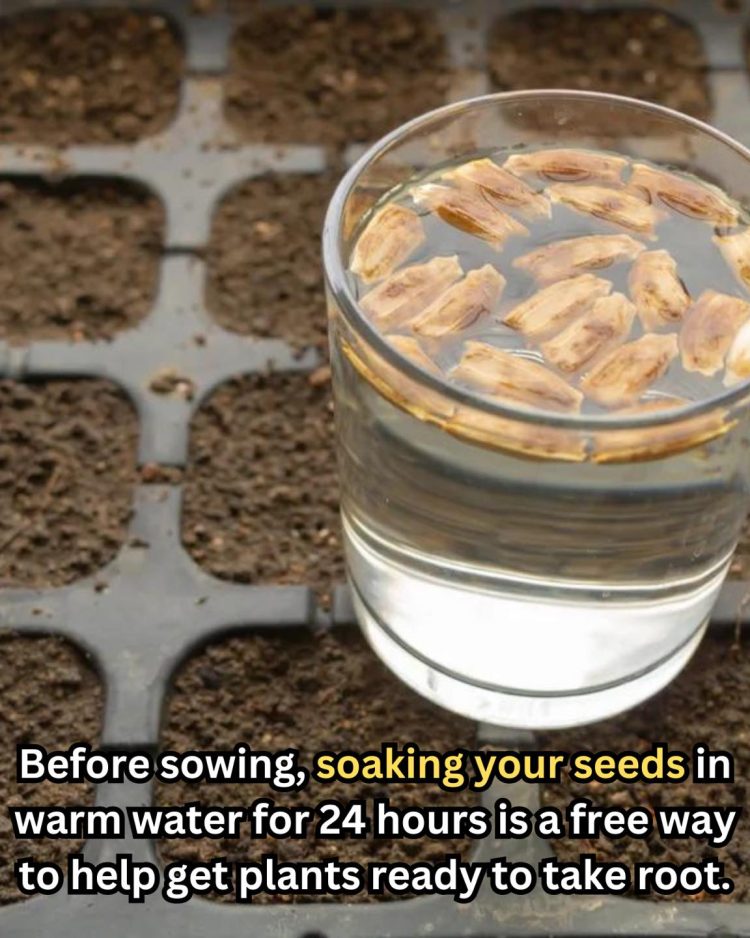Seeds That Benefit from Soaking:
Beans (green beans, lima beans, black beans)
Peas (snap, snow, garden)
Corn
Beets
Chard
Squash (zucchini, pumpkins)
Melons (cantaloupe, watermelon)
Cucumbers
Sunflowers
Nasturtiums
Morning glories
Sweet peas
Seeds You Shouldn’t Soak:
Lettuce
Spinach
Tomatoes
Peppers
Small seeds like basil, oregano, or thyme
These smaller seeds are more delicate and can become waterlogged, rot, or stick together after soaking.
How to Soak Seeds the Right Way
What You’ll Need:
A clean container (glass jar, bowl, or cup)
Room temperature water (filtered or distilled if possible)
A strainer or paper towel
A labeled container (if soaking multiple seed types)
Step-by-Step Guide:
1. Measure the Seeds: Place the number of seeds you need into a clean container. Avoid overcrowding.
2. Add Water: Pour enough water to completely submerge the seeds—at least 1–2 inches above the seeds. Use lukewarm water, around 65–75°F (18–24°C).
3. Soak Time: Let the seeds soak for 6 to 24 hours, depending on their type.
General Soaking Times:
Small/medium seeds: 6–8 hours
Large seeds (beans, peas): 12–24 hours
Hard-coated seeds: up to 24 hours (or combine with scarification)
Do not exceed 24 hours—this can lead to seed rot and oxygen deprivation.
4. Drain & Rinse: After soaking, pour the seeds into a fine strainer and rinse with clean water.
5. Plant Immediately: Sow the soaked seeds directly into moist soil or seed trays. Handle with care, as they may have started sprouting and become delicate.
Optional: Pre-Germinate on a Paper Towel
Want to go a step further? You can place soaked seeds between moist paper towels in a plastic bag and keep them warm to monitor germination before planting.
This is especially useful for seeds with uncertain viability or long germination periods.
How to do it:
Place soaked seeds on a damp paper towel
Fold and place in a resealable plastic bag
Store in a warm place (65–75°F)
Check daily for sprouting
Once roots appear, transplant carefully into soil
Common Mistakes to Avoid
Soaking too long: Seeds can rot or become deprived of oxygen.
Using hot water: Can damage or kill the embryo inside the seed.
Planting in cold soil: Seeds may stall even after soaking if soil temps are too low.
Not planting right away: Seeds may dry out or lose viability if not sown soon after soaking.
Soaking seeds is a simple, time-saving gardening technique that can dramatically improve germination success—especially for large, hard-coated, or slow-sprouting seeds.
With just a bowl of water and a little patience, you can help your seeds grow faster, stronger, and more reliably.
If you’ve had trouble with patchy germination in the past or want to get a jump-start on your garden this year, try soaking your seeds. It might just be the small step that leads to a big harvest.
